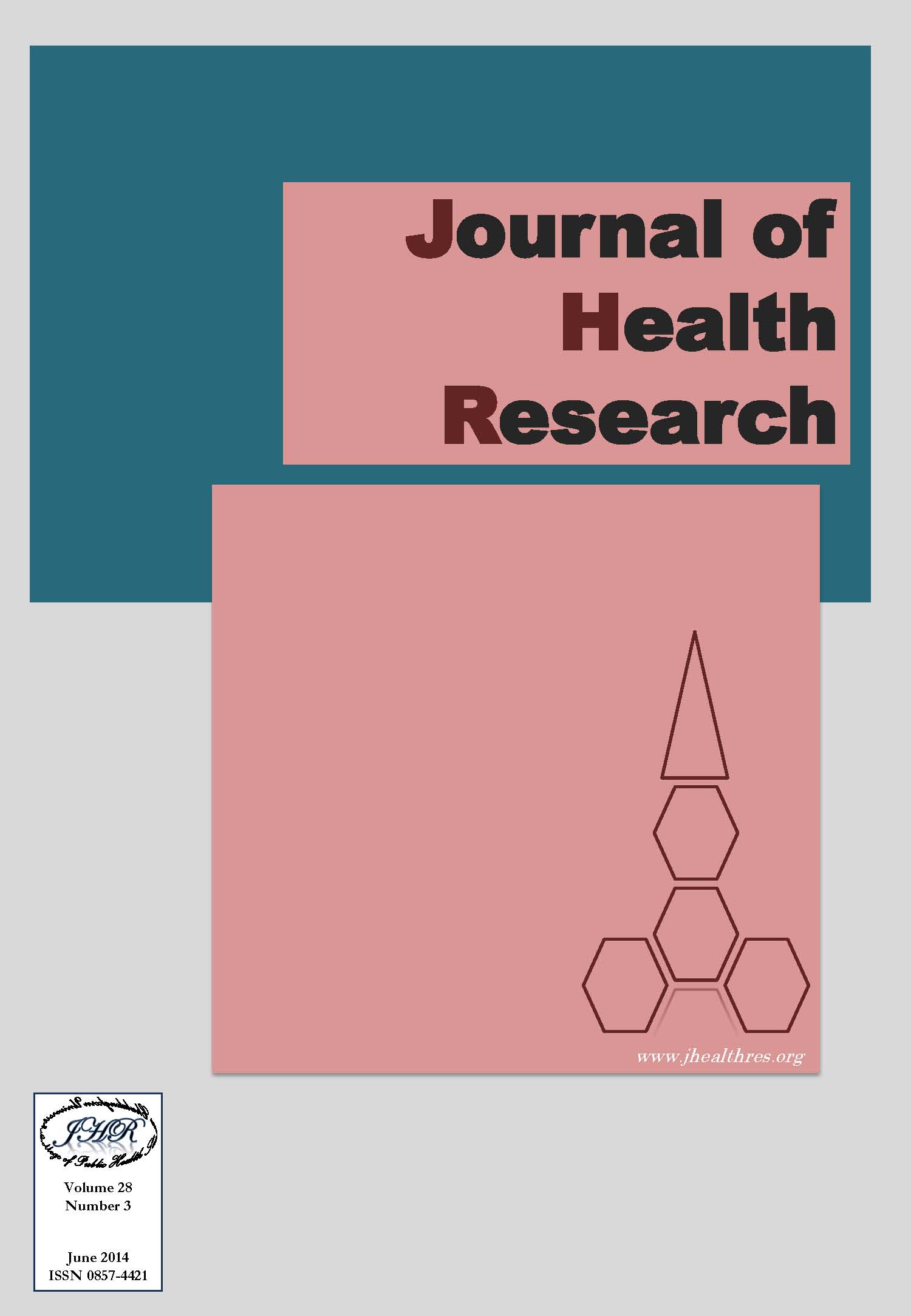Osteotoxicity in the Inhabitants of a Cadmium Polluted Area
Keywords:
Cadmium, Osteotoxicity, Proximal tubular dysfunction, Itai-itai, Bone metabolism, Calcium wastingAbstract
Cadmium (Cd) is a toxic metal which causes osteotoxicity including osteopenia, osteoporosis and osteomalacia. Itai-itai patients were the best known typical victims of Cd intoxication in Jinzu river basin showing osteomalacia, severe bone pain, and high risk of bone fracture. These patients had been declared as having the most severe osteotoxicity caused by Cd exposure. With the growing use of Cd in industry, more populations at risk of Cd osteotoxicity have been identified. A model which explains the mechanism of how Cd affects the bone will have an application for the management and prevention of Cd osteotoxicity. This paper proposes a model to explain Cd osteotoxicity which is classified into direct and indirect effect. The direct effect relates to an imbalance between bone tissue synthesis by osteoblasts and bone resorption by osteoclasts. Cd induces osteoblast apoptosis, and decreases osteoblast activity disturbing bone tissue synthesis while it enhances bone resorption by osteoclasts causing low bone mass. The indirect effect relates to decreased vitamin D active metabolite production in the kidney, decreased calcium (Ca) absorption from gastrointestinal tract, and increased wasting of Ca into urine by proximal tubular dysfunction. The long term effects of bone cells disturbance and proximal tubular dysfunction cause an imbalance of bone remodeling with enhanced bone resorption and abnormal bone tissue synthesis characteristic of Cd osteotoxicity. The model of Cd osteotoxicity justifies the supplement of vitamin D active metabolite and Ca for the treatment and protection against severe bone pathology.







